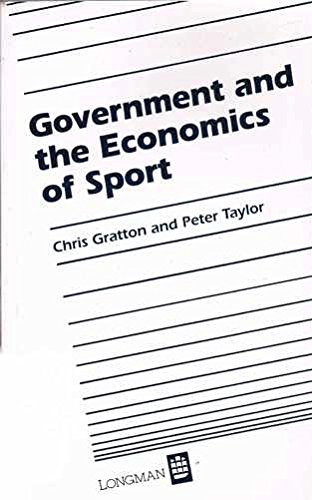Longman / ILAM leisure management
1 total work
The main subject of this work is the current debate over the role of government on sport, stimulated by the introduction of compulsory competitive tendering for local government sports facilities. Following an introductory chapter, the authors explore the history of government intervention on the sports market from pre-industrial times to the present day. The book then discusses the large increase in public expenditure on sports facilities since the late 1960s. An analysis of the demand for sport is also included, since the sports industry is mainly a service industry. Subsequent sections deal with economic arguments for government intervention, such as sporting investment as economic development and the role of sport in attracting tourists, and recent literature on government's failure to correct for private market inadequacies, with special emphasis on the difficulties governments have in obtaining knowledge of consumer demands. The next two chapters evaluate the success of government intervention in meeting the twin objectives of promoting participation and promoting excellence and the role played by the voluntary sector.
Finally, the implications of the new legislation are analyzed. The authors conclude that a fuller understanding of the economics of consumer behaviour in sport and of the economics of institutions would lead to more economical, efficient and effective policy implementation in this area.
Finally, the implications of the new legislation are analyzed. The authors conclude that a fuller understanding of the economics of consumer behaviour in sport and of the economics of institutions would lead to more economical, efficient and effective policy implementation in this area.
